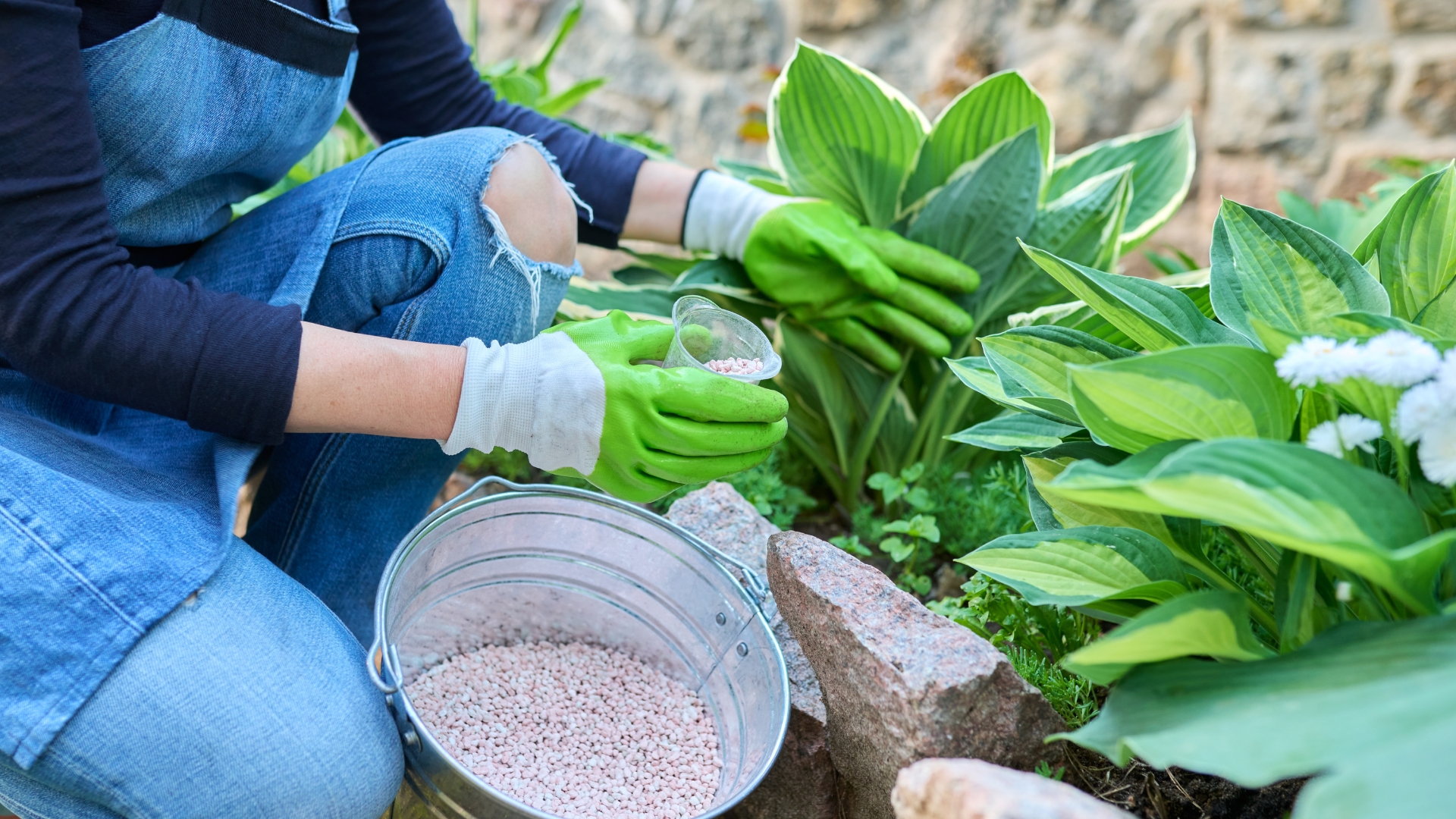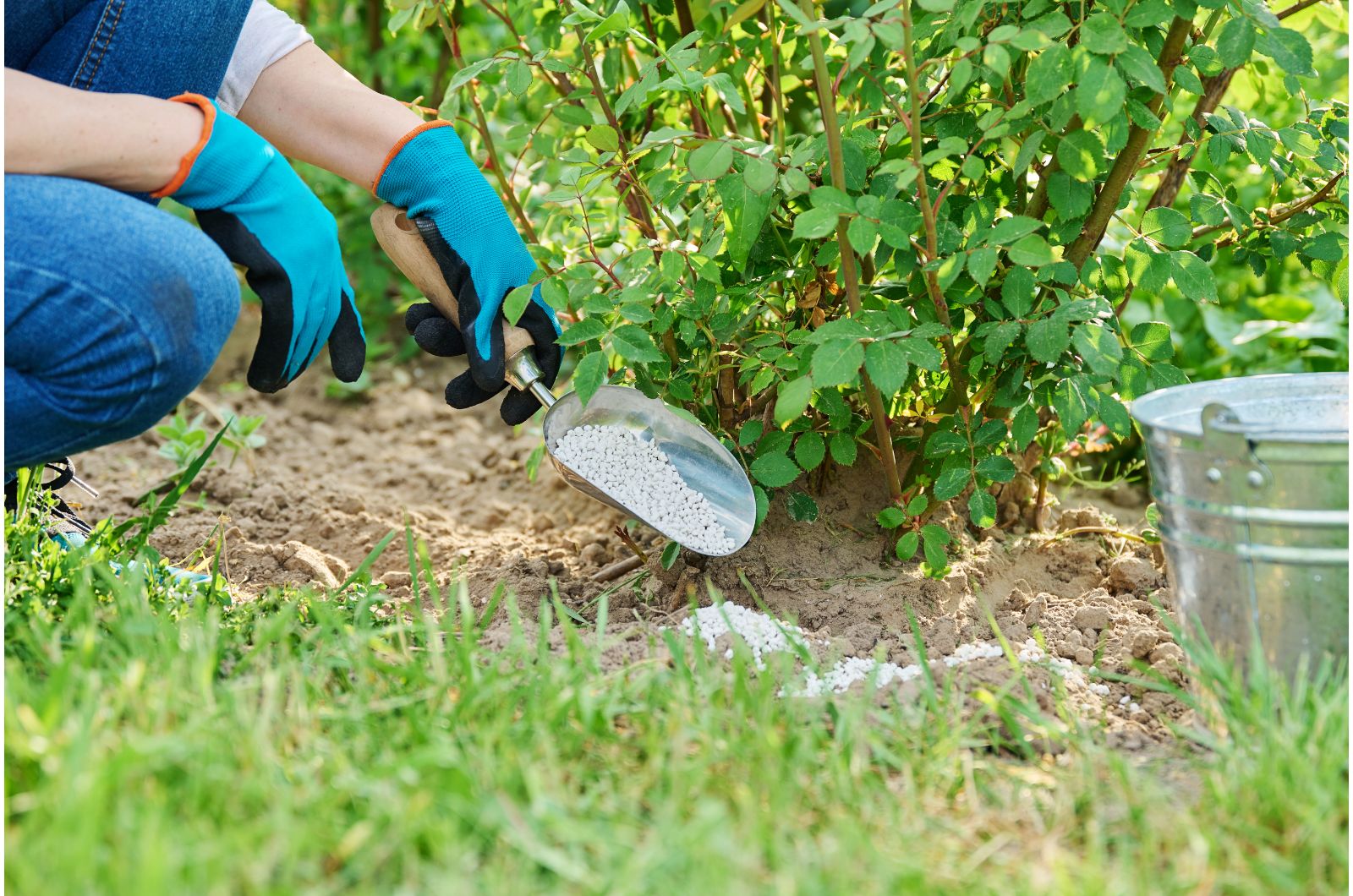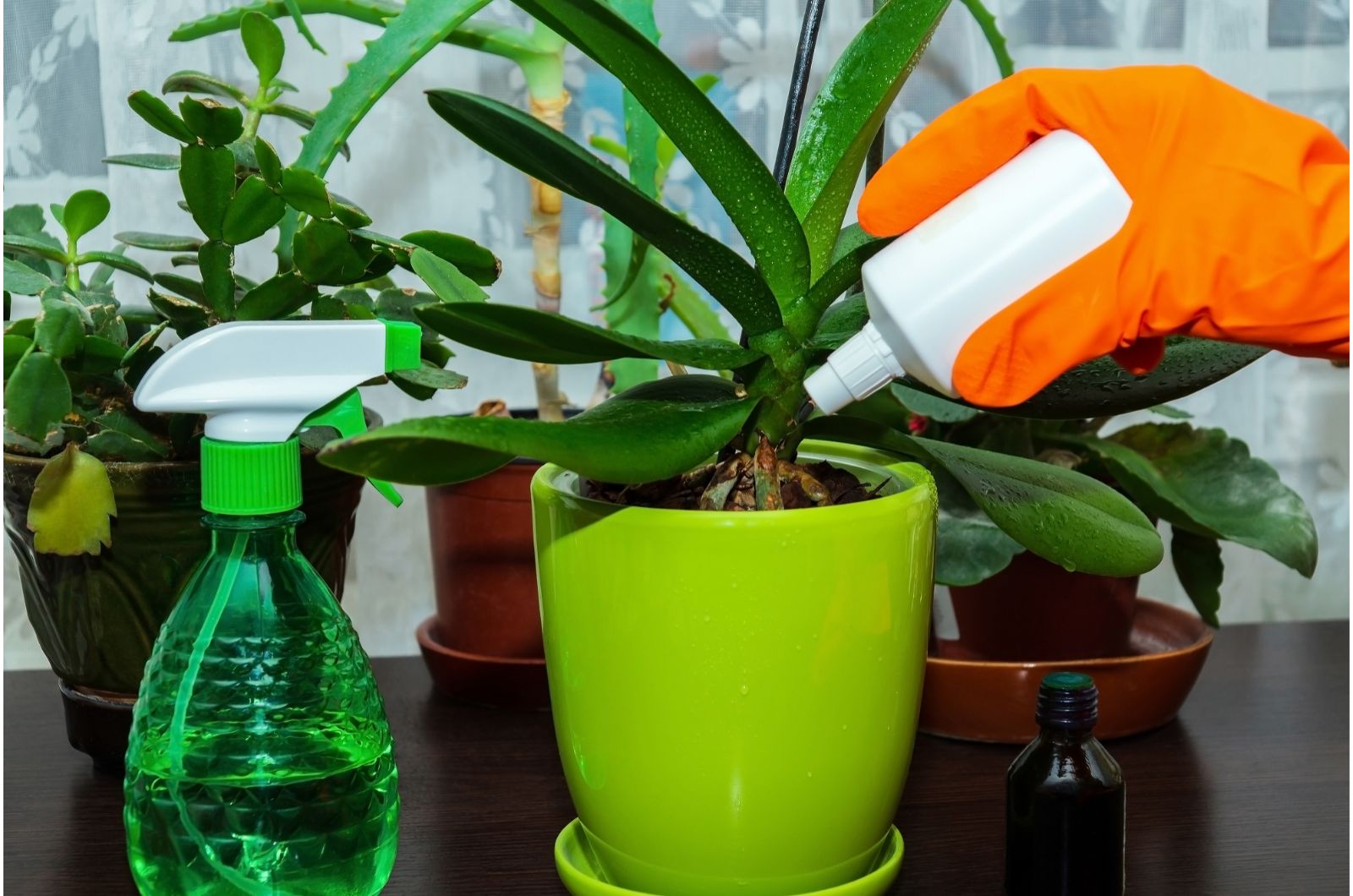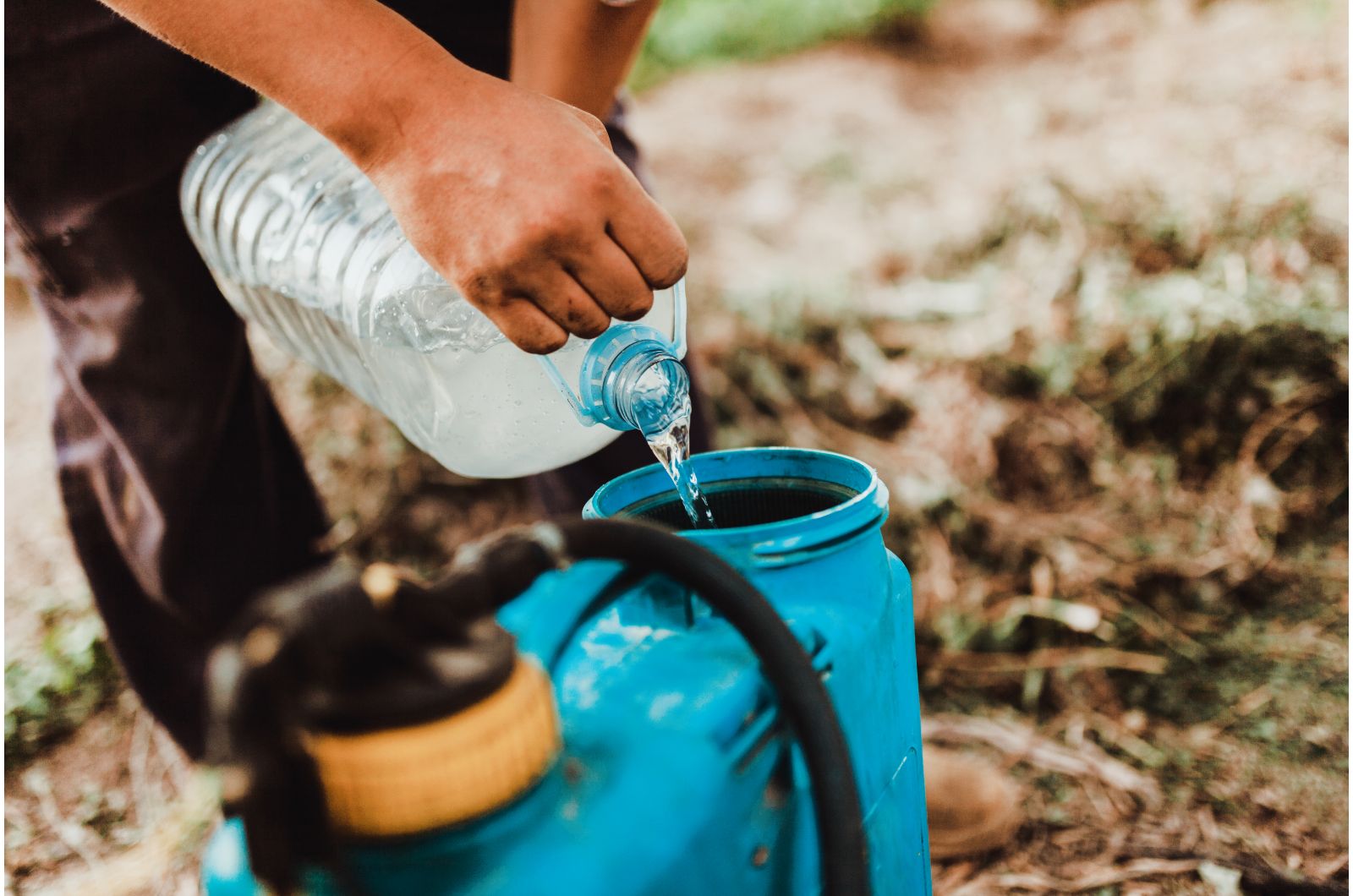Fertilization is an essential part of plant care because micro and macronutrients found in the soil are responsible for healthy plant development.
Even if your plants seem entirely healthy, you shouldn’t skip feeding because it will help them reach their full potential.
However, knowing when to fertilize is crucial because if applied at the wrong time, it can have adverse effects on growth.
You need to create a fertilizing schedule for all your plants and, in this article, I’ll show you how to do it.
Let’s get started!
The Best Time To Fertilize Your Plants
Fertilizer boosts nutrient levels in the growing substrate, which aids in flower and fruit production, root development, and overall plant health.
If you have poor soil, fertilization is the only way to get it back on track and give your plants all the nutrients they need.
You can either go with a soil drench, time-release granular fertilizers, or foliar sprays. When it comes to the perfect time for feeding, it mainly depends on the type of plant and its individual needs.
But a rule of thumb is to feed all your plants in early spring, i.e., at the beginning of the growing season.
Plants first display leafy growth before focusing their energy on flower and fruit production, so you must do this part correctly.
However, if you live in cooler climates, feeding plants in early spring may not be a good choice.
Frost can occur later in these regions, which can significantly affect new growth boosted by fertilization. It’s essential to check the last expected frost date in your region before fertilizing.
Your main goal is to feed your plants when they grow most, which is typically in spring. Healthy leaf development is crucial after the plant exits the dormancy stage.
Other Application Times
The timing for fertilizing indoor plants may differ depending on the species. You may have plants that require monthly feeding during the growing season with a liquid fertilizer.
Feeding houseplants in winter isn’t a good idea because most species are dormant during these months.
Gentle formulas or slow-release fertilizers are a better option for outdoor plants, such as veggies. The slow-release fertilizers are my favorite because they release nutrients gradually and ensure healthy growth throughout the season.
By feeding your veggies during the season, you encourage development and productivity. But don’t feed these plants until they’re well-established. Too many nutrients will encourage the plants to produce a lot of growth, which can result in weak and leggy plants.
You should always read the labels after purchasing your plants because they contain information regarding fertilizer frequency.
Local extension offices can be very helpful and give you instructions based on a specific plant species.
How To Fertilize
It can be pretty tricky to determine how much fertilizer you need for your planting site. But the rule many gardeners stick to is applying 3 pounds of nitrogen per 1,000 square feet.
This dosage may be too strong for ornamental plants, so if you grow some colorful perennials you should apply 1 pound of nitrogen per 1,000 square feet.
You also need to pay attention to the time of day when you apply fertilizer. For veggies, choose the coolest part of the day for feeding.
If you’re using granular fertilizers, you should apply them when watering your plants because the soil will uptake the nutrients more easily and the roots will get the most out of the fertilizer.
The last thing you want is to burn the roots, and applying granular fertilizer when watering will help you avoid this.
Overfertilization is, unfortunately, a common issue in plants and can have terrible consequences. Sticking to the recommended dosage and frequency will help you avoid this issue.
I also recommend performing a soil test at the beginning of each growing season to determine which nutrients your plants will need. The results will be your guide on the type of fertilizer to use and the frequency of application.




